
How to Use ZK-MG Governor: Examples, Pinouts, and Specs
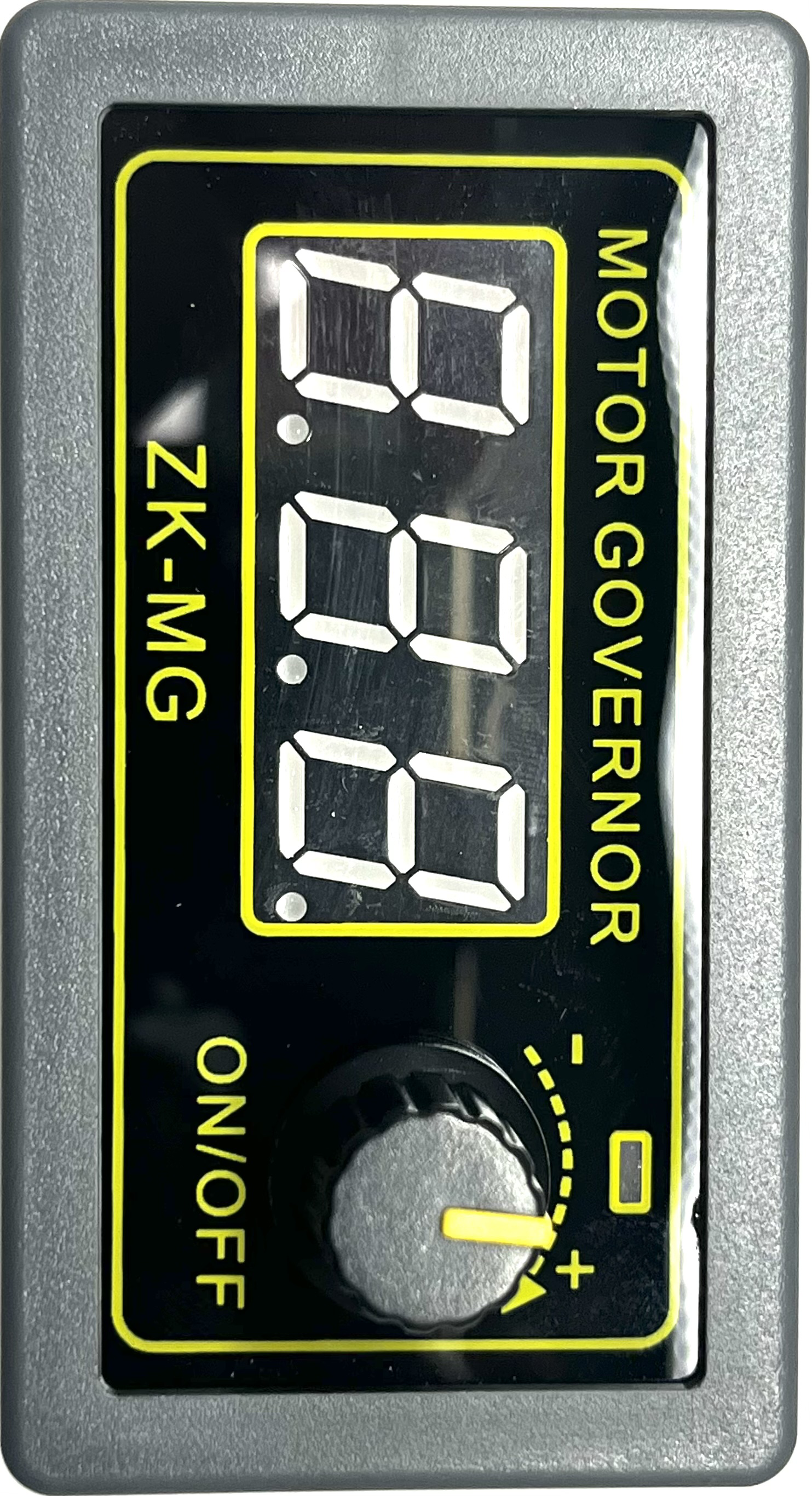
 Design with ZK-MG Governor in Cirkit Designer
Design with ZK-MG Governor in Cirkit DesignerIntroduction
The ZK-MG Governor is a speed control device designed to regulate and maintain a constant speed in engines and turbines. It achieves this by dynamically adjusting the fuel or power input based on varying load conditions. This component is widely used in industrial applications where precise speed control is critical, such as in generators, motors, and turbines.
Explore Projects Built with ZK-MG Governor
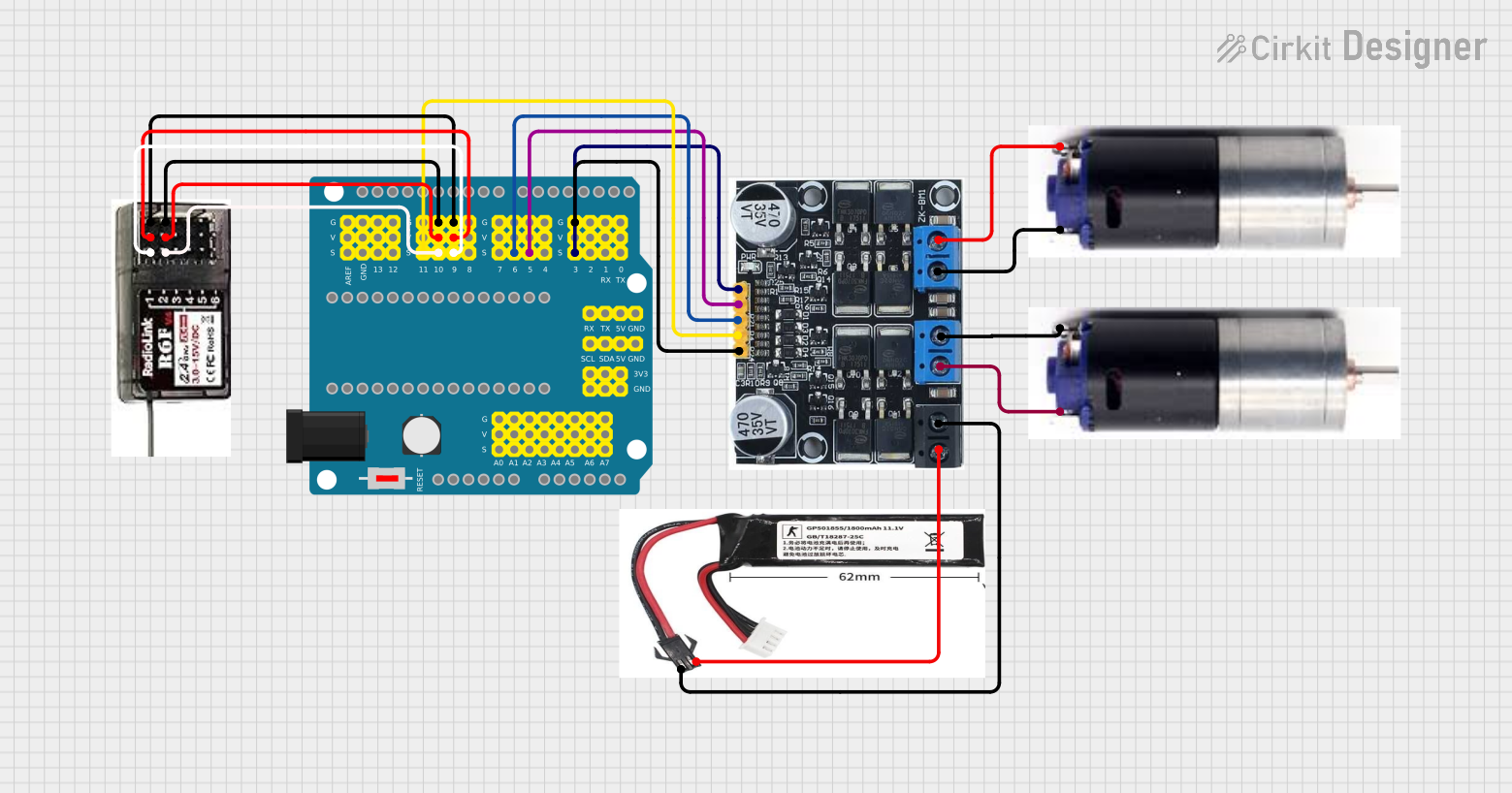
 Open Project in Cirkit Designer
Open Project in Cirkit Designer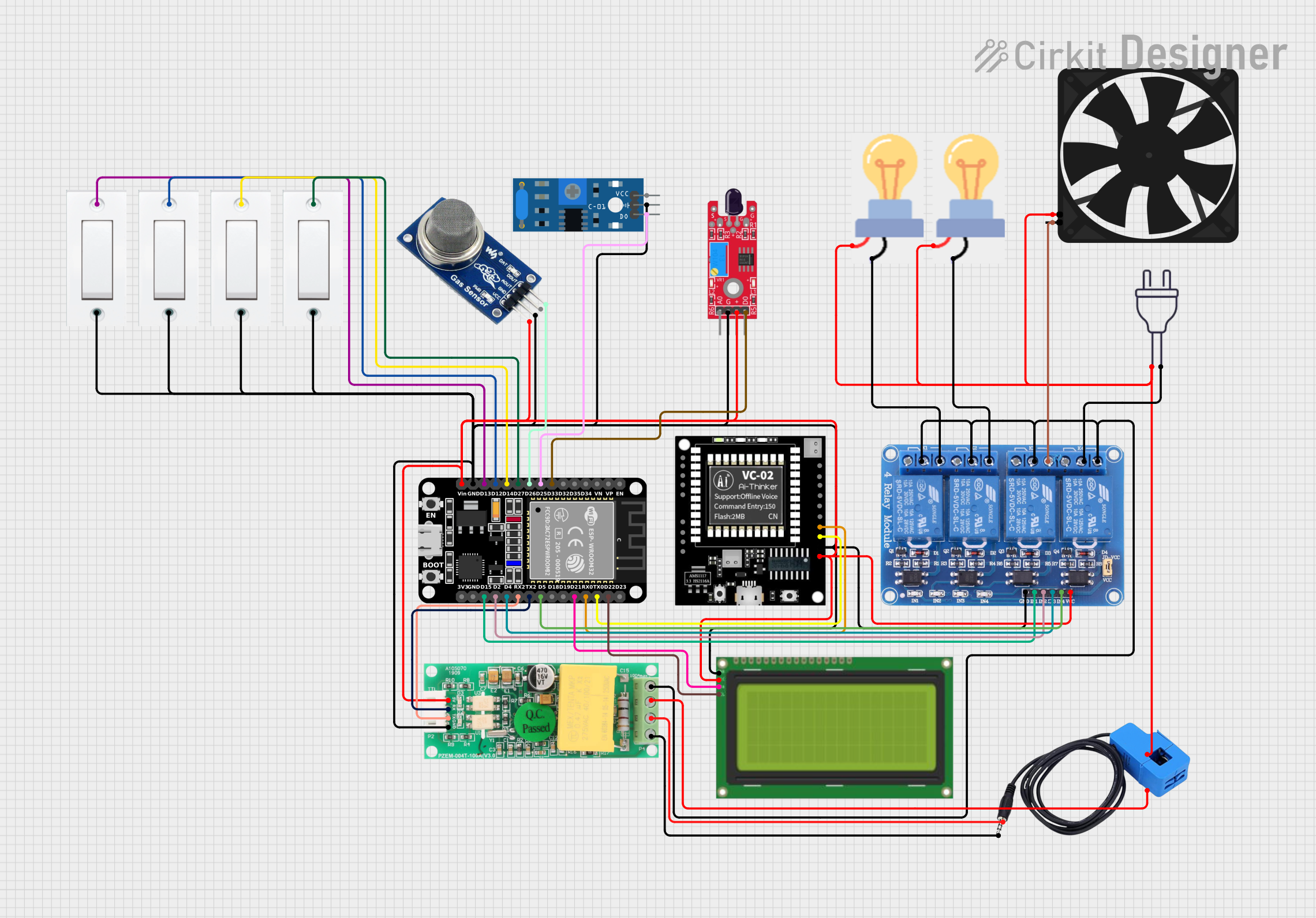
 Open Project in Cirkit Designer
Open Project in Cirkit Designer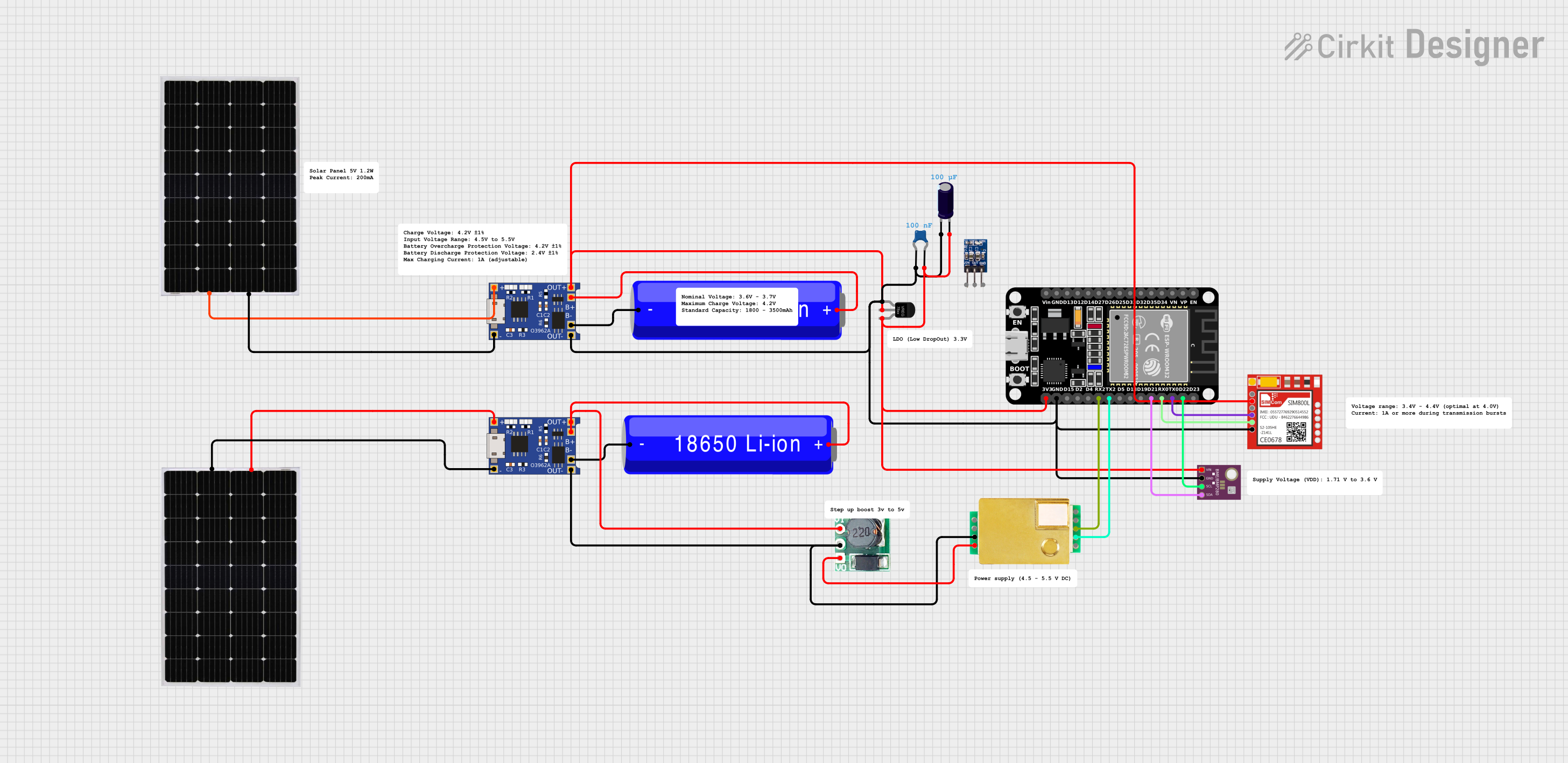
 Open Project in Cirkit Designer
Open Project in Cirkit Designer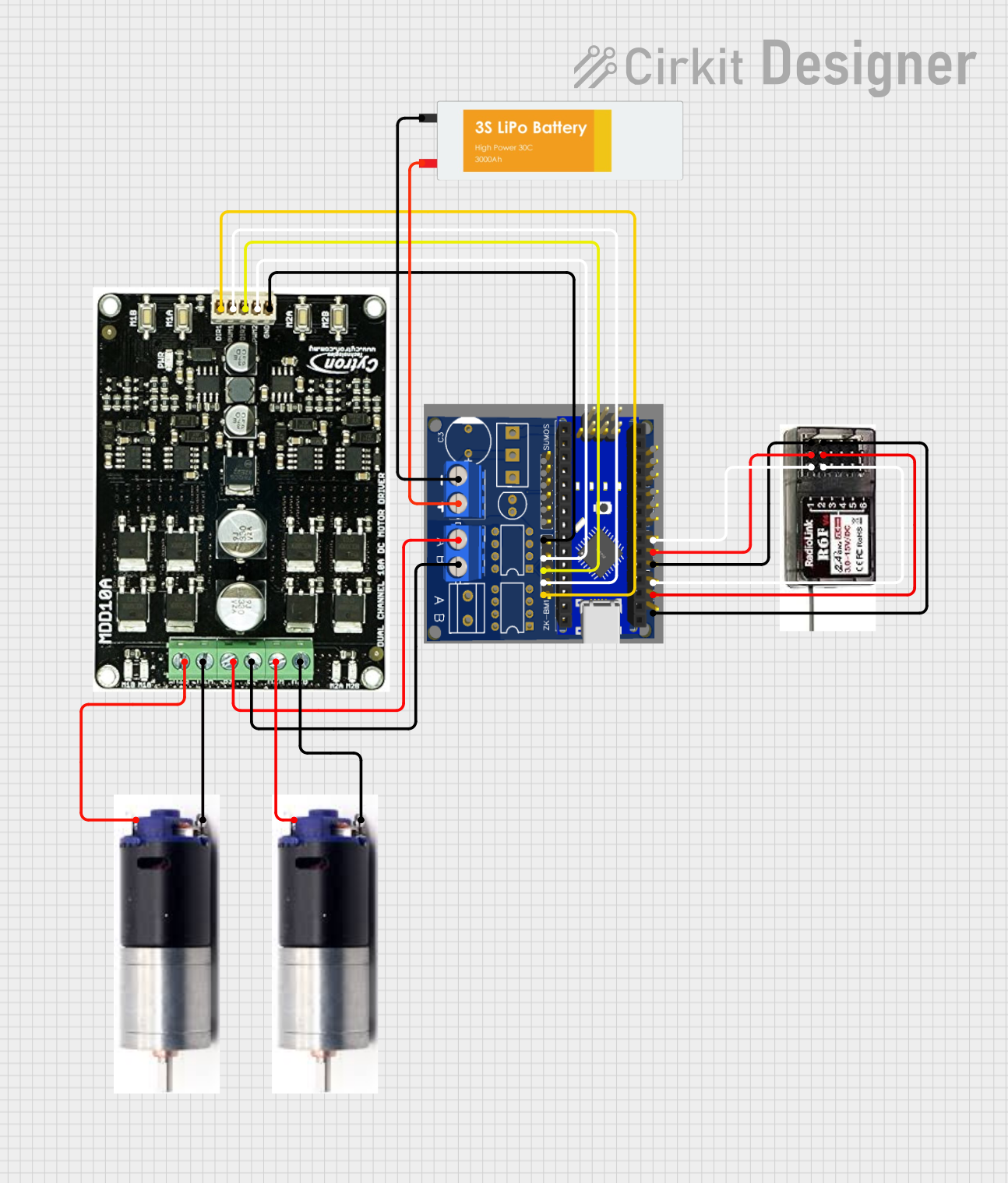
 Open Project in Cirkit Designer
Open Project in Cirkit DesignerExplore Projects Built with ZK-MG Governor

 Open Project in Cirkit Designer
Open Project in Cirkit Designer
 Open Project in Cirkit Designer
Open Project in Cirkit Designer
 Open Project in Cirkit Designer
Open Project in Cirkit Designer
 Open Project in Cirkit Designer
Open Project in Cirkit DesignerCommon Applications and Use Cases
- Speed regulation in diesel and gas engines
- Power generation systems
- Industrial turbines
- Automation systems requiring precise motor control
- Load balancing in mechanical systems
Technical Specifications
The ZK-MG Governor is engineered for robust performance and adaptability. Below are its key technical specifications:
| Parameter | Value |
|---|---|
| Input Voltage | 12V to 24V DC |
| Output Current | 0.5A to 5A |
| Speed Regulation Range | 0% to 100% |
| Control Signal Input | PWM (Pulse Width Modulation) |
| Operating Temperature | -20°C to 70°C |
| Dimensions | 85mm x 65mm x 30mm |
| Weight | 120g |
Pin Configuration and Descriptions
The ZK-MG Governor typically features a 6-pin interface for input and output connections. Below is the pinout description:
| Pin Number | Label | Description |
|---|---|---|
| 1 | V+ | Positive power supply input (12V to 24V DC) |
| 2 | GND | Ground connection |
| 3 | PWM IN | PWM signal input for speed control |
| 4 | OUT+ | Positive output to the motor or load |
| 5 | OUT- | Negative output to the motor or load |
| 6 | FG | Feedback signal output for speed monitoring |
Usage Instructions
How to Use the ZK-MG Governor in a Circuit
- Power Supply: Connect the V+ and GND pins to a stable DC power source within the range of 12V to 24V.
- PWM Signal Input: Provide a PWM signal to the PWM IN pin to control the speed. The duty cycle of the PWM signal determines the output speed.
- Load Connection: Connect the motor or load to the OUT+ and OUT- pins. Ensure the load does not exceed the governor's maximum current rating.
- Feedback Monitoring: Use the FG pin to monitor the feedback signal for real-time speed data, if required.
Important Considerations and Best Practices
- Voltage Compatibility: Ensure the input voltage matches the governor's specifications to avoid damage.
- PWM Signal: Use a PWM signal with a frequency between 1kHz and 20kHz for optimal performance.
- Heat Dissipation: If operating at high currents, ensure proper ventilation or heat sinking to prevent overheating.
- Load Protection: Use a fuse or circuit breaker to protect the governor and load from overcurrent conditions.
Example: Connecting to an Arduino UNO
The ZK-MG Governor can be controlled using an Arduino UNO to generate the required PWM signal. Below is an example code snippet:
// Example code to control ZK-MG Governor with Arduino UNO
// Connect PWM IN pin of ZK-MG Governor to Arduino pin 9
const int pwmPin = 9; // PWM output pin on Arduino
void setup() {
pinMode(pwmPin, OUTPUT); // Set pin 9 as an output
}
void loop() {
// Gradually increase speed from 0% to 100%
for (int dutyCycle = 0; dutyCycle <= 255; dutyCycle++) {
analogWrite(pwmPin, dutyCycle); // Write PWM signal to governor
delay(20); // Wait 20ms for smooth transition
}
// Gradually decrease speed from 100% to 0%
for (int dutyCycle = 255; dutyCycle >= 0; dutyCycle--) {
analogWrite(pwmPin, dutyCycle); // Write PWM signal to governor
delay(20); // Wait 20ms for smooth transition
}
}
Troubleshooting and FAQs
Common Issues and Solutions
Governor Not Powering On
- Cause: Incorrect power supply voltage or loose connections.
- Solution: Verify the input voltage is within the 12V to 24V range and check all connections.
Motor Not Responding
- Cause: No PWM signal or incorrect wiring.
- Solution: Ensure the PWM IN pin is receiving a valid PWM signal and check the load connections.
Overheating
- Cause: Excessive current draw or poor ventilation.
- Solution: Reduce the load or improve heat dissipation with a heat sink or fan.
Unstable Speed
- Cause: Noisy PWM signal or insufficient feedback.
- Solution: Use a stable PWM source and verify the feedback signal (FG pin) for proper operation.
FAQs
Q1: Can the ZK-MG Governor handle AC motors?
A1: No, the ZK-MG Governor is designed for DC motors only. For AC motors, use an appropriate AC motor controller.
Q2: What is the maximum PWM frequency supported?
A2: The governor supports PWM frequencies between 1kHz and 20kHz. Frequencies outside this range may result in erratic behavior.
Q3: Can I use the ZK-MG Governor with a battery-powered system?
A3: Yes, as long as the battery voltage is within the 12V to 24V range and can supply sufficient current for the load.
Q4: How do I monitor the motor's speed?
A4: Use the FG pin to read the feedback signal, which provides real-time speed data. This can be connected to a microcontroller or monitoring device.
This concludes the ZK-MG Governor documentation. For further assistance, refer to the manufacturer's datasheet or contact technical support.